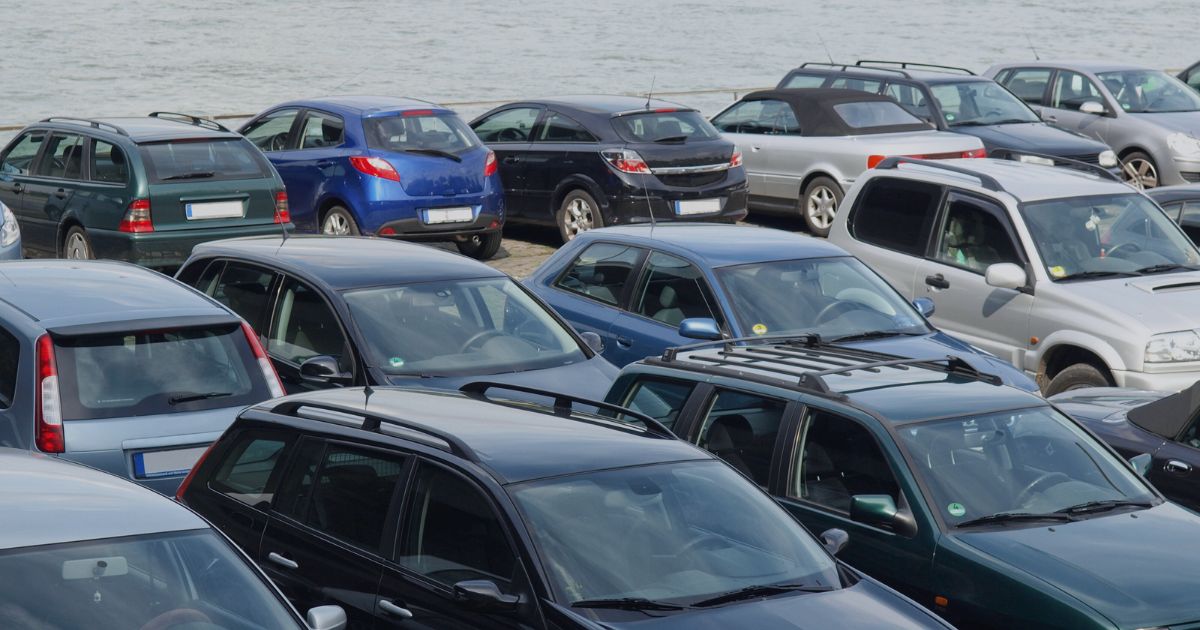Which Cars Rust the Least, and Which the Most?

Which Cars Rust the Least, and Which the Most?
Rust is a nightmare for car owners. It can turn an elegant and well-maintained car into a wreck in no time. In this article, we will look at which cars rust the least and which the most, as well as how to deal with this problem.
1. Why Do Cars Rust?
Rust on a car is the result of a chemical reaction between steel, water, and oxygen from the air. Road salt used in winter to melt ice and snow can accelerate this process. Even though many cars are now manufactured using galvanized steel, which is resistant to corrosion, rust remains an issue, especially in older models.
2. Which Cars Rust the Most?
Corrosion is a problem that not only affects the aesthetics and value of the car but also its durability and safety. Among the fastest rusting cars are various brands and models primarily made in Japan and Korea, but also in France and Germany. Here are some examples of cars where rust problems appear relatively quickly:
Mazda 6 / Mazda 3 with problems mainly around the sills and rear fenders;
Nissan Almera with corrosion on doors, sills, and wheel arches;
Hyundai i30 and similar Kia Ceed with corrosion on sills;
Alfa Romeo 156 with rust on both rear and front fenders as well as sills;
Mercedes E-Class W210 with rust attacking almost everywhere;
Opel Astra G / Astra H with rust on doors, fenders, and sills;
Ford Focus MK1 / MK2 with the presence of corrosion on sills and fenders;
BMW 3 Series E36 with particular attention to fenders and doors;
Fiat Punto I / II and 126p (especially the last EL series) - finding an uncorroded example is almost a miracle.
Older generations of Honda Civic often have rust around wheel arches and sills.
Subaru Forester and Impreza - corroded rear fenders are almost the norm.
Older Toyota Corolla models were prone to rusting wheel arches and doors.
Older generations of Volkswagen Golf have a problem with rust on doors, wheel arches, and undercarriage.
Mercedes A-Class W168 - lower parts of doors and sills are usually corrosion hotspots,
Jeep Cherokee - especially older models may have corrosion issues on the undercarriage.
Land Rover Discovery - undercarriage and frame corrosion is often reported by owners.
Regardless of the brand, it's always worth checking the vehicle's history, for example through a VIN report, before making a purchase.
3. Which Cars Rust the Least?
Cars that rust the least are often made from thick, Swedish steel or galvanized steel, according to experts and market observations of used cars. Models like Audi A6 C5 or C6, the immortal Audi 80, Vauxhall (Opel) Insignia, or BMW 5 Series E60 are considered the most resistant to corrosion. Rust resistance can also be increased through regular application of anti-corrosion treatments. It's also important to pay attention to parts of the car particularly prone to corrosion, such as fenders, tips of moving elements, and window and door seals.
Below are some other examples of cars that are considered resistant to corrosion:
Lexus RX - As a premium brand belonging to Toyota, Lexus uses good quality anti-corrosion materials.
Honda CR-V - Offers solid construction and materials that are resistant to corrosion.
Audi A4 - Newer generations often use high-quality galvanized steel.
Volkswagen Golf - Especially newer generations, which employ various technologies to protect against rust.
Mercedes-Benz S-Class - As a luxury model, it often uses advanced anti-corrosion technologies.
Porsche Cayenne - In addition to being a high-end vehicle, it has also gained a reputation for durability and rust resistance.
Tesla Model S - As an electric car, the model S was designed to minimize corrosion, also thanks to the use of aluminium in its construction.
It's worth noting that even for models known for good rust resistance, regular maintenance and appropriate anti-corrosion protections are key to maintaining the condition of the vehicle.
Of course, you can always find well-maintained examples among models that usually rust quickly, as well as cars with visible signs of corrosion among those that are usually less prone to rust. Everything depends on the conditions and character of the vehicle's use.
4. How to Deal with Body Rust?
If you take proper care of your vehicle, you can significantly delay the appearance of rust. Here are a few points about what you should do to take care of your car's body:
Check the car regularly: Find and repair any paint damage that could lead to corrosion.
Cleaning the car: Regularly wash the car, especially after driving in the rain or on salted roads.
Protection: Use specialized products to protect against corrosion.
Rust removal: If you notice rust, the damaged area is best sanded and painted immediately. For deep corrosion, it's worth investing in car repair panels or larger body parts and turning to specialists to install the part.
Summary
Corrosion is a problem faced by many car owners. When choosing a car, it's worth paying attention to models known for better rust resistance. Remember, however, that regular maintenance and care for the car is crucial in preventing rust. After all, an ounce of prevention is worth a pound of cure.
Note: This list of vehicles is not exhaustive, and the models mentioned are for illustrative purposes only. Corrosion resistance can vary within a particular model due to factors such as manufacturing date, maintenance history, and climate in which the car was used.